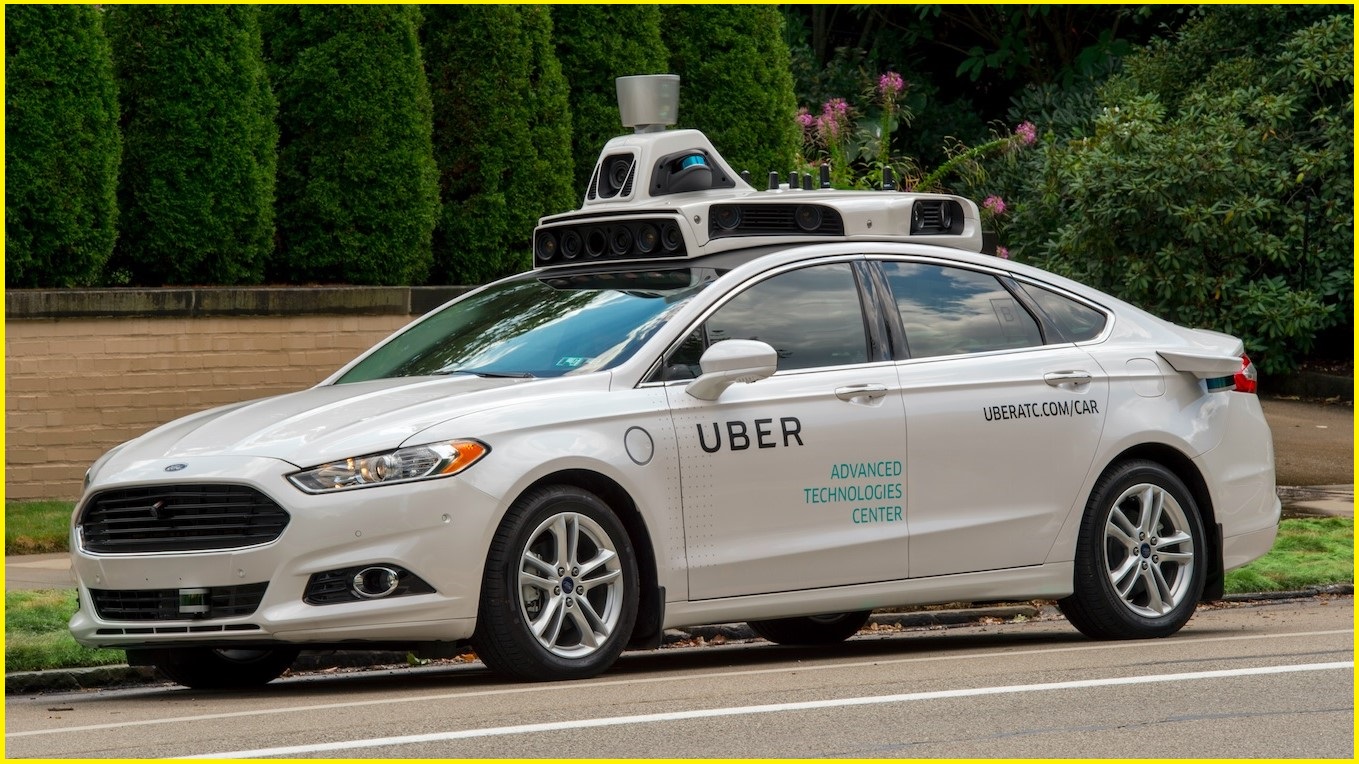Uber’s driverless test cars were involved in 37 crashes in the 18 months before a fatal accident early last year, with a number of software issues discovered with the vehicles.
In March last year, 49-year-old Elaine Herzberg was hit and killed by a 2017 Volvo XC90 car using Uber’s Advanced Technologies Group developmental automated driving system. Herzberg was walking her bicycle across the road at night in Tempe, Arizona, when she was hit by the car.
The National Transportation Safety Board (NTSB) has been investigating the crash, and has found a number of software issues that may have contributed to it. The Board also revealed that the Uber test cars were involved in nearly 40 crashes from September 2016 to March 2018, with 33 of these involving another vehicle striking the autonomous vehicles.
One of these crashes saw the vehicle hitting a bent bollard that was partially in the car’s lane, while another saw the driverless car’s operator taking control to avoid a rapidly approaching vehicle travelling in the wrong lane.
Uber not criminally liable
Earlier this year prosecutors determined that Uber wasn't criminally liable in the crash, while tests were carried out in July to see whether the operator of the test vehicle should face criminal charges.
During the investigation, the Board found “several safety-relevant issue areas” with Uber’s driverless vehicles.
It discovered that the test vehicle was not designed to accommodate jaywalking pedestrians. The car’s radar observed the pedestrian nearly six seconds before the impact, but she was initially classified as an unknown object, then a vehicle and then a bicycle.
Just 1.3 seconds before impact, the vehicle decided that an emergency braking manoeuvre was required, but this was not enabled while the car was in autonomous mode.
The operator of the car intervened less than a second before impact by taking control of the steering wheel.
“According to Uber, the developmental self-driving system relies on an attentive operator to intervene if the system fails to perform appropriately during testing,” the NTSB said in its preliminary report.
“In addition, the operator is responsible for monitoring diagnostic messages that appear on an interface in the centre stack of the vehicle dash and tagging events of interest for subsequent review.”
Improvements
Following the fatal accident, Uber suspended all testing on public roads, and didn’t resume in the city until December 2018. A company spokesperson said Uber has “adopted critical program improvements to further prioritise safety”.
Uber conducted a simulation of the fatal accident using the new software, and found that the vehicle would have detected and properly classified the pedestrian at a distance of 88 metres 4.5 seconds before the original impact.
“The system would have initiated controlled braking more than four seconds before the original time of impact,” it said.
The NTSB also found that the Uber team testing the autonomous vehicles in the city didn’t have a specific safety division, a formal safety plan, standard operating procedures or a manager focused on preventing accidents.
Instead, it promoted company-wide values to employees such as “do the right thing”.
The Board will meet later this month to decide on the probable cause of the crash.
It is also likely to make recommendations for the driverless car industry and regulators of the sector.










